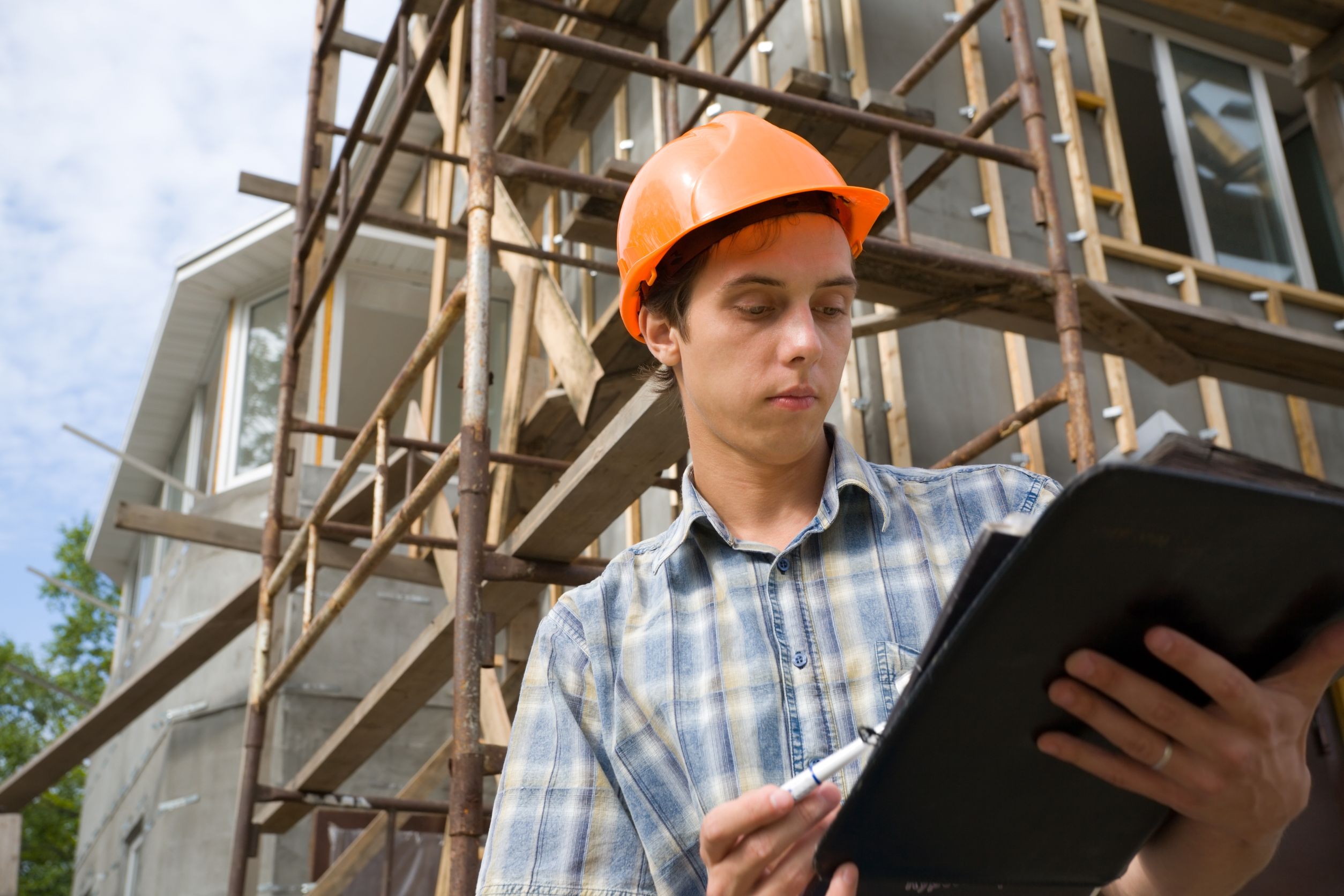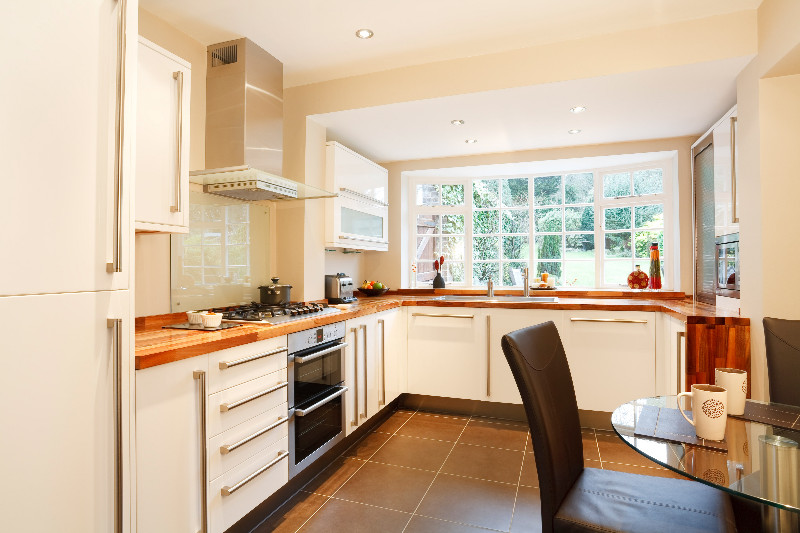The concept of outdoor living has been gaining in popularity in the recent years. This lifestyle trend is growing in all regions with various climates. More homeowners are investing in outdoor living spaces that range in size and scope. Some are investing in small patios while others build an oasis that functions as a separate living space furnished with a complete kitchen with functioning appliances and many comfortable amenities. Brick and stone companies are capitalizing on the outdoor living trend by introducing new products. Many homeowners are turning to brick and paving stones as a first choice in building material for their outdoor living quarters. There are many advantages to using brick and paving stones including a wide selection of stone shapes, colors, sizes price and design. From a resale perspective, those who build outdoor living spaces using paving stones enjoy higher returns on their investments.
There are many different types of brick and stone to build your dream patio. A company that sells Paving Stones Butler can also help you design your backyard living space to your liking while keeping in mind your budget. These types of companies sell many different types of paving stones that range in colors, shapes, and sizes. Paving stones are low maintenance once installed and last longer than a wood patio. They allow for easy clean up with spills and you do not have to worry about staining and weathering the product to keep it from deteriorating over time. Not only does it have a richer look than wood, but you can do more things with stone.
Another thing some home owners may need to build in their backyard or elsewhere on the property are Retaining Walls. A retaining wall is built to detain soil when slopes are present, but can also be built for flower beds and to add a border around the property. Just like for a patio, stone is a much sturdier material to use and will not bend when placed against high moisture. Wood is the cheaper option to start with, but may need to be replaced over time and may not be able to hold back the retaining wall in the long run.



